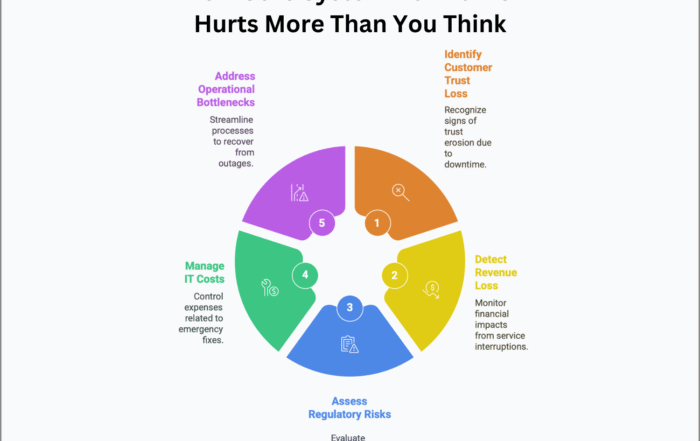
Evaluating in-house versus cloud hosting for core banking transformations, focusing on cost, scalability, security, and performance to guide strategic decision-making in the digital banking era.
When undertaking a core banking transformation, one of the most critical decisions is evaluating hosting options. Should banks host the new core system in-house or move to the cloud? This strategic choice is not a one-size-fits-all solution, and it requires careful consideration of various factors. In this article, we’ll examine the pros and cons of each approach, providing insights to help you navigate this transformation maze.
Cost Considerations: Where Do the Pennies Stack Up?
One of the most significant factors in the hosting decision is cost. In-house data centers require significant upfront capital expenditures for servers, storage, networking equipment, facilities, and more, not to mention the ongoing costs for maintenance, upgrades, and IT staff. Cloud services, on the other hand, are paid on a usage-based model, converting fixed costs into variable costs, providing potential savings. However, migrating legacy systems to the cloud requires effort, and re-platforming workloads to cloud-native architectures may be needed to fully realize economic benefits. Hidden costs also exist, so a thorough cost analysis is crucial.
Scalability and Agility: Keeping Up with the Pace of Change
Scalability and agility are key considerations in the ever-changing banking landscape. Scaling on-premise infrastructure requires procuring, installing, and configuring new hardware, which can be a time-consuming process. Cloud environments, however, allow near real-time automatic scaling of computing resources to match demand fluctuations, providing greater agility to deploy new capabilities faster. But, scaling too quickly in the cloud can also get expensive if not planned properly, and overly complex cloud architectures can reduce agility over time.
Security and Compliance: Striking the Perfect Balance
Security and compliance are paramount in the banking industry. In-house systems provide full control over security measures and compliance processes, but cloud solutions offer robust security measures as well. However, banks may hesitate about valuable data residing outside their firewalls, and regulations around data location also require consideration. Adequate security controls can be implemented in both models, but compliance needs continue to evolve, so regular review is essential.
Reliability and Performance: Keeping the Wheels Turning
Reliability and performance are critical factors in the banking industry, where downtime can have severe consequences. Cloud services promise higher reliability with failovers across multiple data centers, but in-house systems can also be resilient with comprehensive business continuity planning. Performance, too, can be optimized in both models with adequate capacity planning and network architecture. Real-world performance and uptime depend more on implementation than on the hosting model, so scrutinizing Service Level Agreements (SLAs) is crucial.
Access and Innovation: Keeping Up with the Joneses
Cloud offerings provide easier accessibility from anywhere, on any device, providing workforce mobility benefits. Additionally, cloud providers rapidly roll out the latest innovations in their shared platforms. However, banks can also build mobile access capabilities and DevOps automation in-house, albeit with more effort. Regardless of the hosting model, core modernization is required to stay competitive.
Implementation Timelines: Race Against the Clock
Cloud deployments are streamlined using standardized processes, so they can be rolled out faster. However, migrating legacy platforms to cloud-native architectures may require more effort upfront. Transformation timelines depend on multiple factors, such as legacy complexity, change management needs, and more. For new (“born in the cloud”) ventures, the cloud is undoubtedly faster.
There is no universal best choice when it comes to hosting options for core banking transformations. Based on specific priorities around cost, security, agility, and innovation pace, banks need to determine the right hosting balance for their strategic goals and regulatory comfort. Hybrid models that selectively leverage cloud strengths while keeping sensitive data on-premise provide a measured transition. But as the benefits of cloud hosting accumulate, the compass should point towards the cloud for full transformation. Navigating this maze requires a deep understanding of your institution’s unique needs, a clear vision, and a willingness to adapt to the ever-changing landscape of banking technology.
Found this article interesting? Check out these three related reads for more.
- Cloud computing in core banking security The future of banking technology
- Benefits of cloud-native core banking solutions over cloud-hosted
- Banking agility for future-proof operations Optimizing operational efficiency
#CloudBanking #InHouseVsCloud




